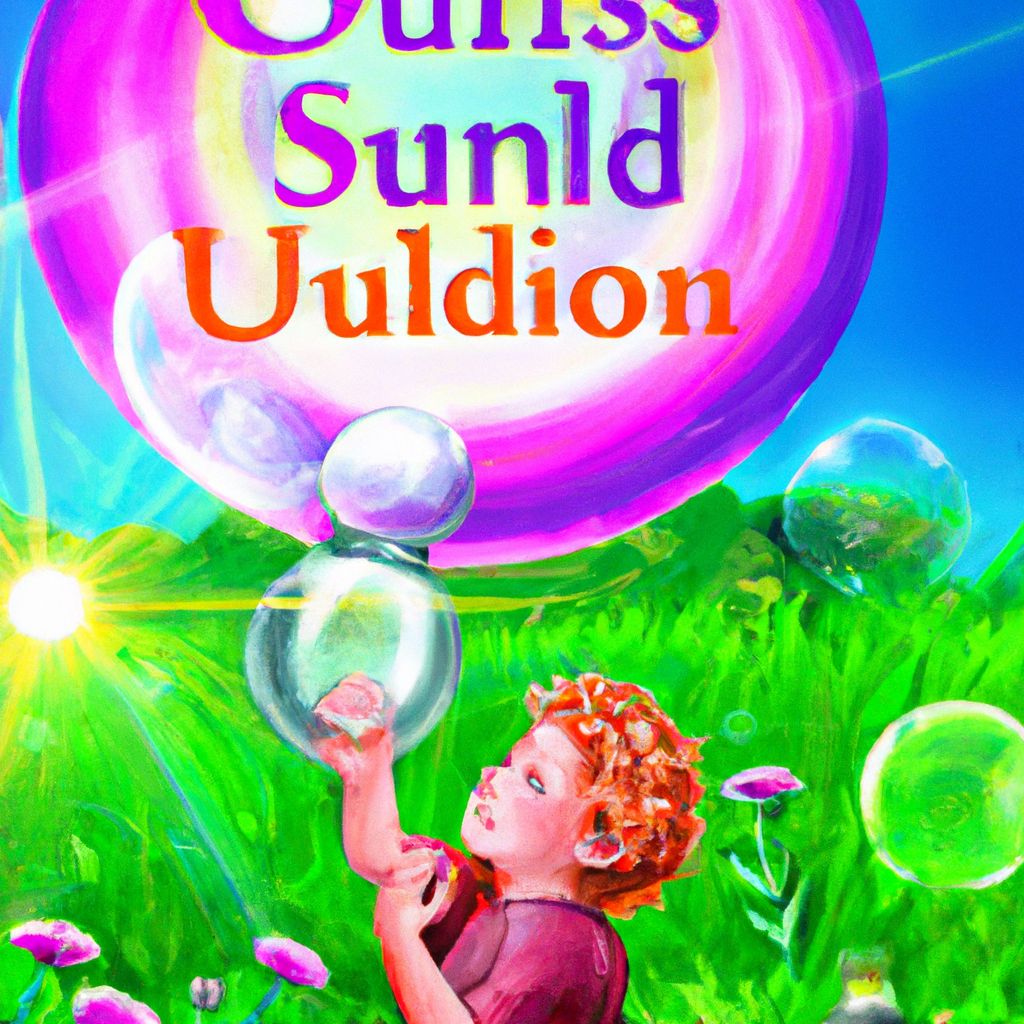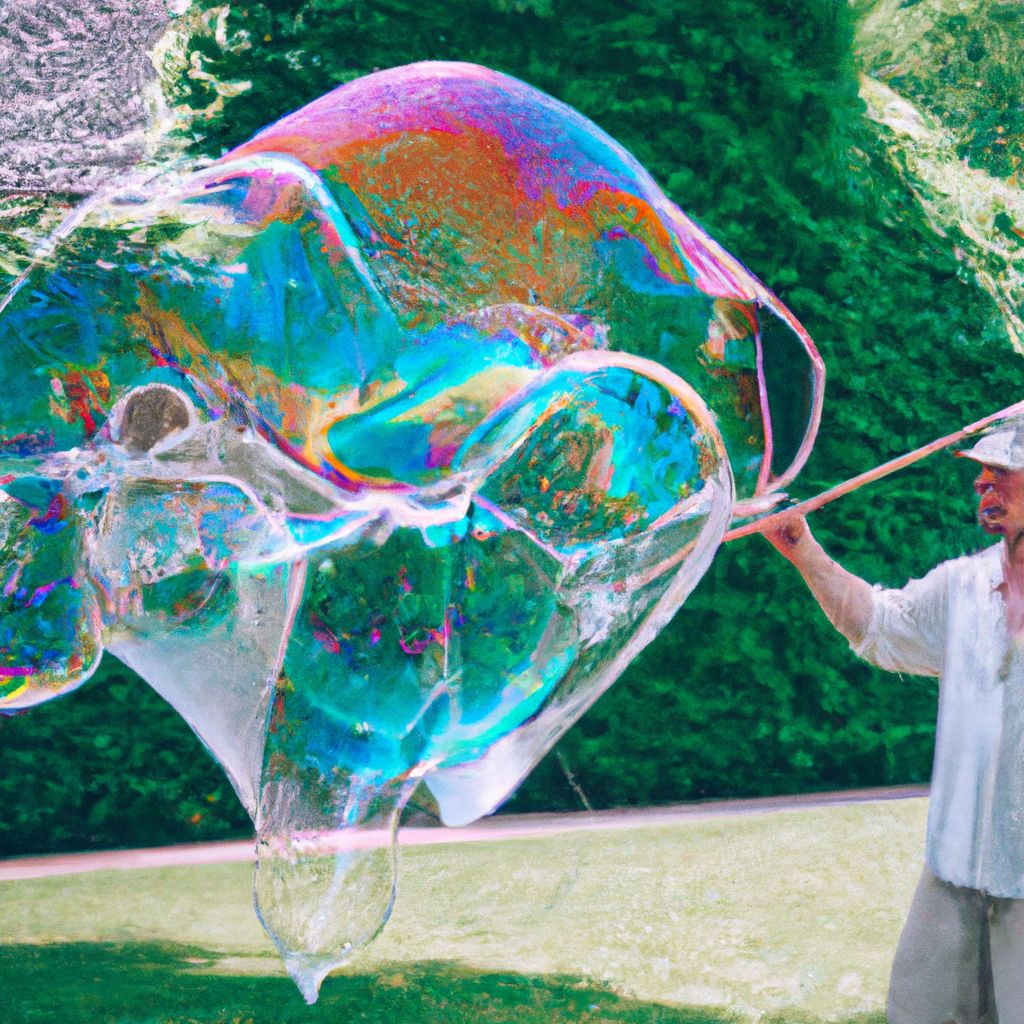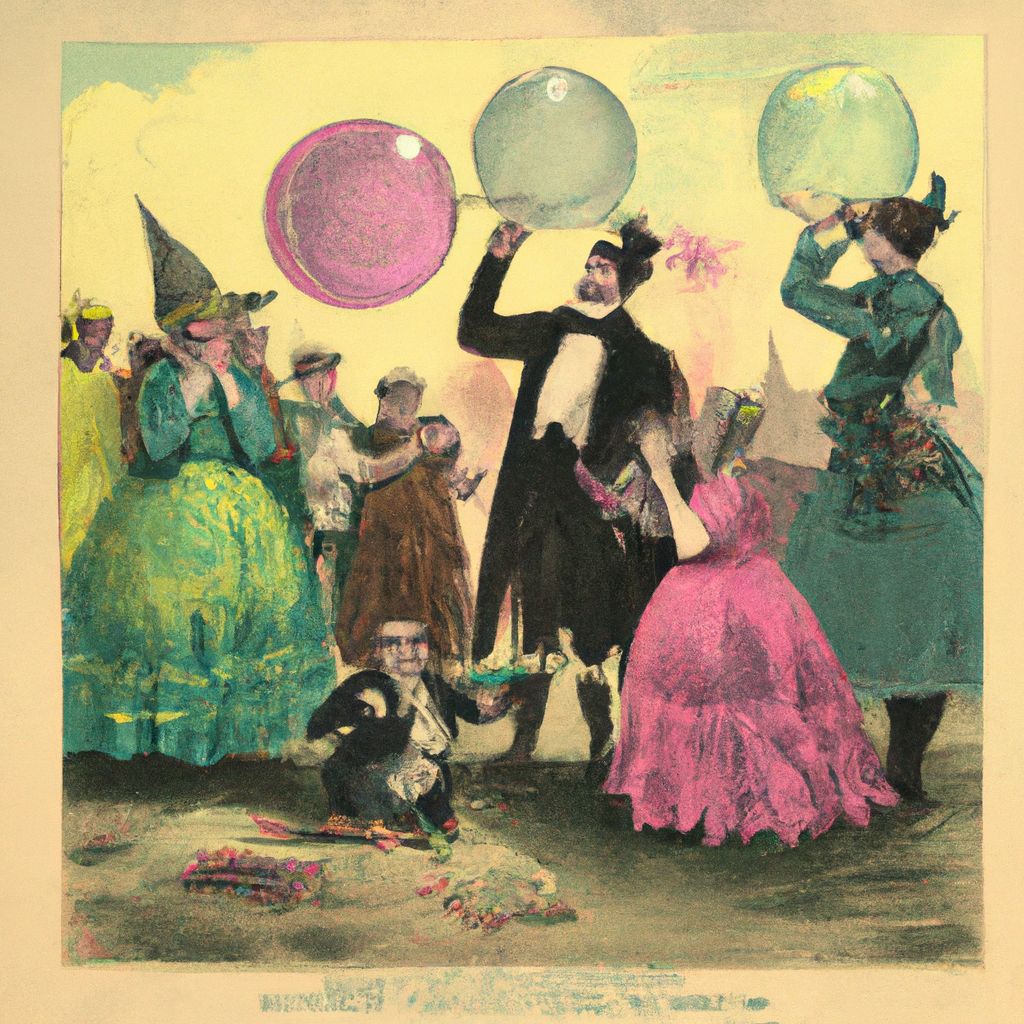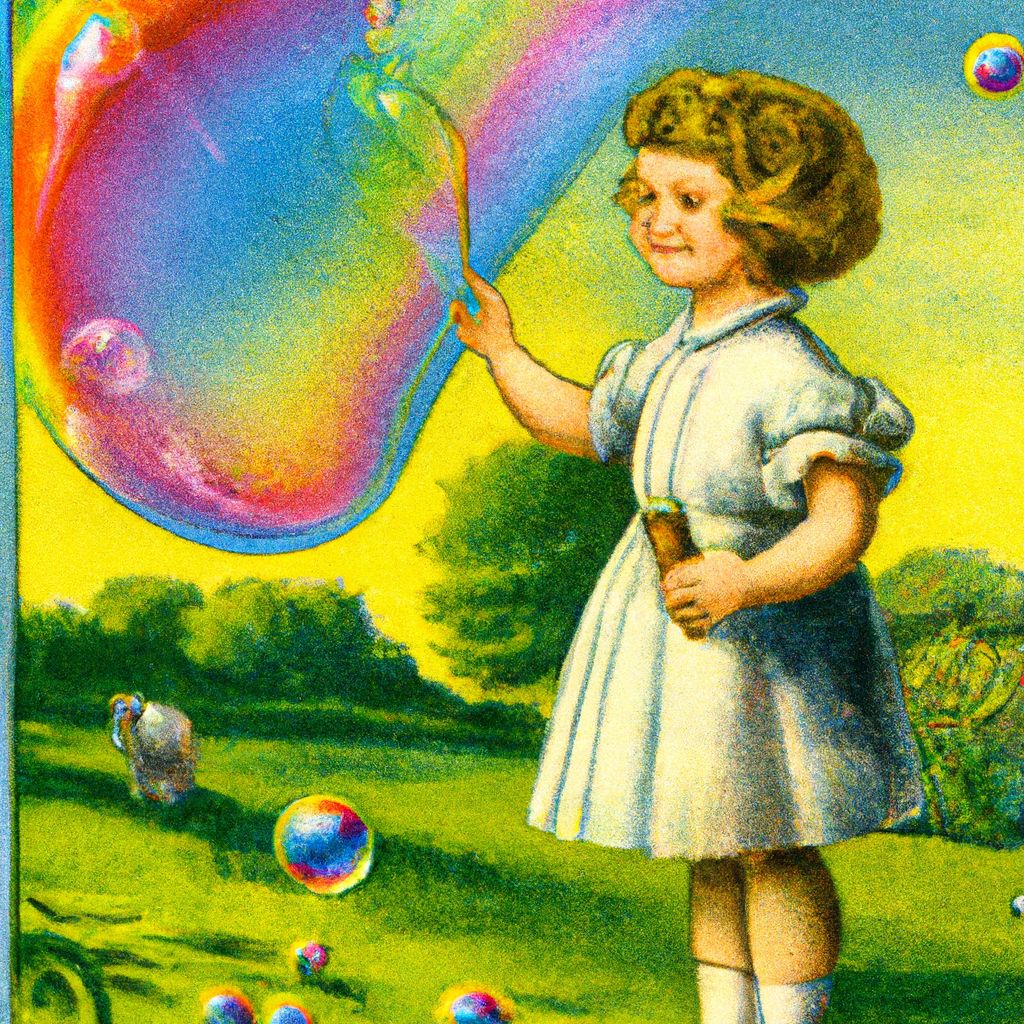- Introduction to Bubble Blowing Solutions
- The Science of Bubble Solutions
- Commercial vs. Homemade Bubble Solutions
- Key Ingredients for the Perfect Bubble Solution
- DIY Bubble Solution Recipes
- Testing Bubble Solutions for Best Performance
- The Role of Bubble Wands and Blowers
- Safety and Allergy Considerations
- Storing and Preserving Bubble Solutions
- Conclusion and Final Tips
Introduction to Bubble Blowing Solutions
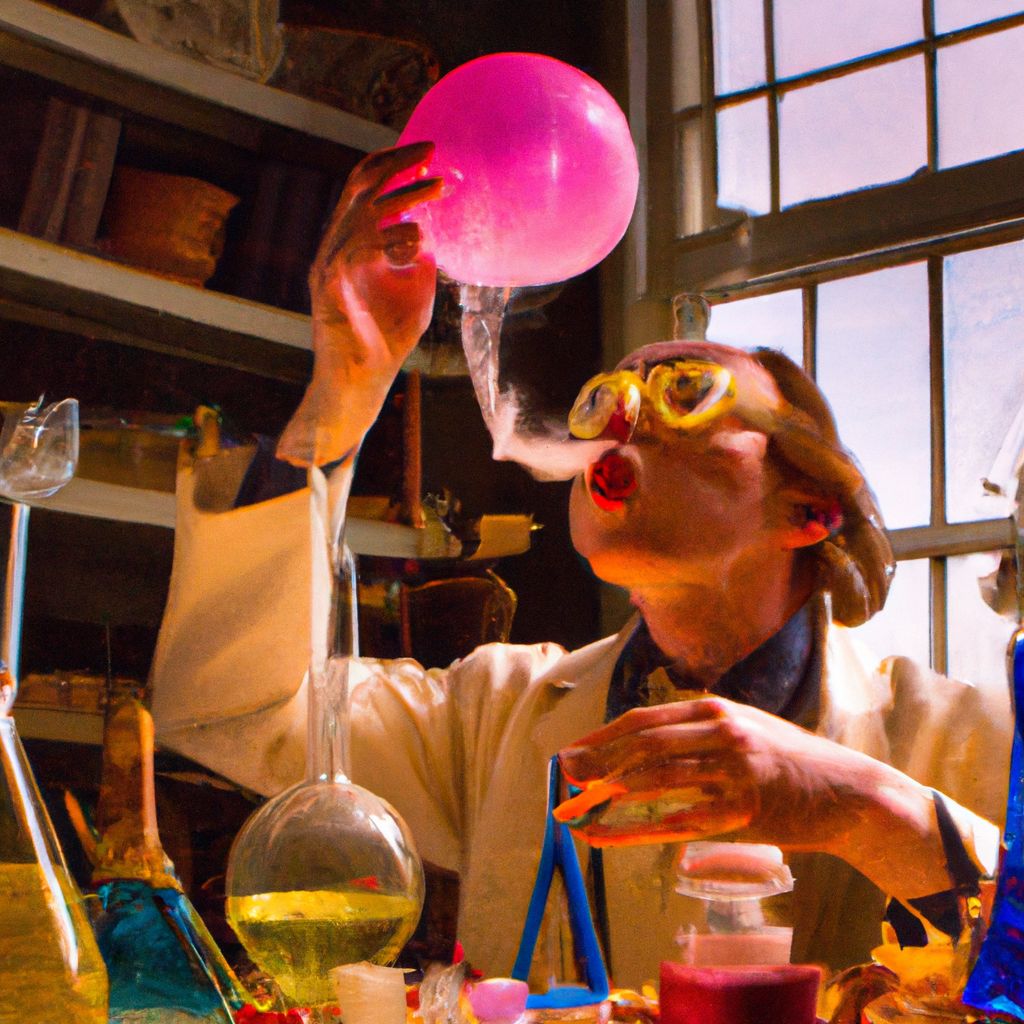
The simple act of blowing bubbles captivates people of all ages, weaving together the whimsical and the scientific in a delicate dance of soap and air. At the heart of this enchantment lies the bubble blowing solution, a special mixture that, when perfected, can create bubbles that are stronger, larger, and more iridescent than ever before. Selecting the best bubble blowing solution is not just a matter of child's play; it is a pursuit that touches on the principles of chemistry and physics. A superior solution can elevate this timeless activity from a fleeting pastime to an impressive display of spherical wonder.
The science behind bubble formation is as fascinating as the bubbles themselves. It involves a delicate balance of surfactants, which reduce surface tension, and other ingredients that contribute to the longevity and elasticity of the bubble's film. For enthusiasts and professionals alike, understanding the intricacies of bubble solutions is essential. The right solution can mean the difference between a bubble that pops instantly and one that glides gracefully through the air, reflecting a spectrum of colors in the sunlight. This is why the quest to find or create the best bubble blowing solution is not only an artistic endeavor but also a scientific one.
The Science of Bubble Solutions
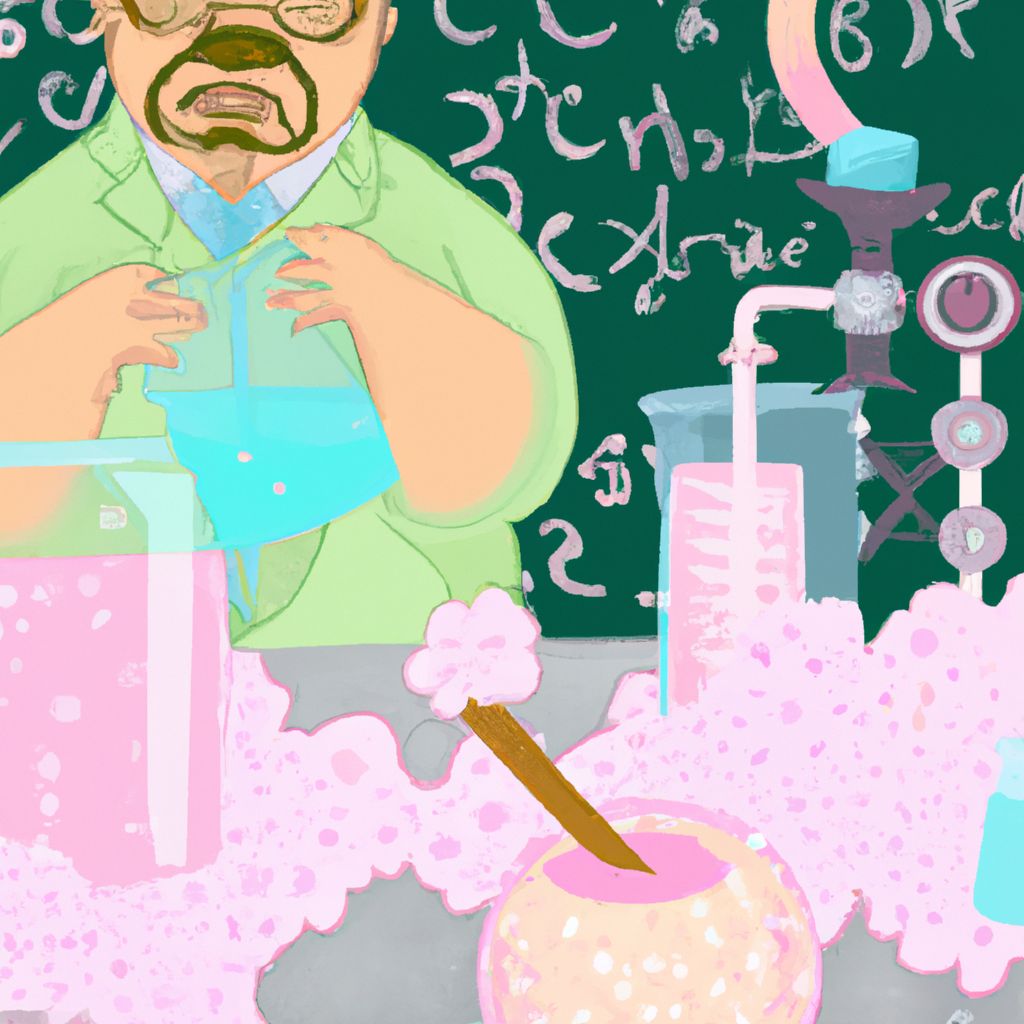
The science of bubble solutions is rooted in the interaction between soap, water, and additives like glycerin or corn syrup. Soap molecules have a hydrophilic (water-attracting) head and a hydrophobic (water-repelling) tail. When soap is added to water, these molecules align themselves at the surface, creating a thin film with water sandwiched between the soap molecules. This film is what traps air to form a bubble when air is blown into the solution.
The addition of glycerin or corn syrup is crucial to the quality of the bubble. These ingredients are humectants, which means they attract and retain moisture. By incorporating them into the solution, the water evaporation from the bubble's surface is slowed down, which in turn increases the lifespan and durability of the bubble. The more glycerin or corn syrup present, the stronger and more resilient the bubble tends to be.
Different ratios of soap, water, and glycerin/corn syrup can greatly affect a bubble's properties. A higher proportion of soap generally increases the solution's ability to form bubbles, but if the concentration is too high, it can lead to fragile bubbles that pop easily. Conversely, too much water can dilute the solution, making bubble formation difficult. Achieving the optimal balance is key for bubbles that are not only sizeable but also strong enough to resist immediate popping and last for an extended period.
Experts in bubbleology often experiment with various ratios and ingredients to craft the ultimate bubble solution. For instance, some may add baking powder to buffer the pH level or use distilled water to minimize impurities, all in the pursuit of enhancing bubble size, strength, and longevity. It is this meticulous tweaking of ingredients that transforms a mundane mixture into a magical bubble blowing solution.
Commercial vs. Homemade Bubble Solutions
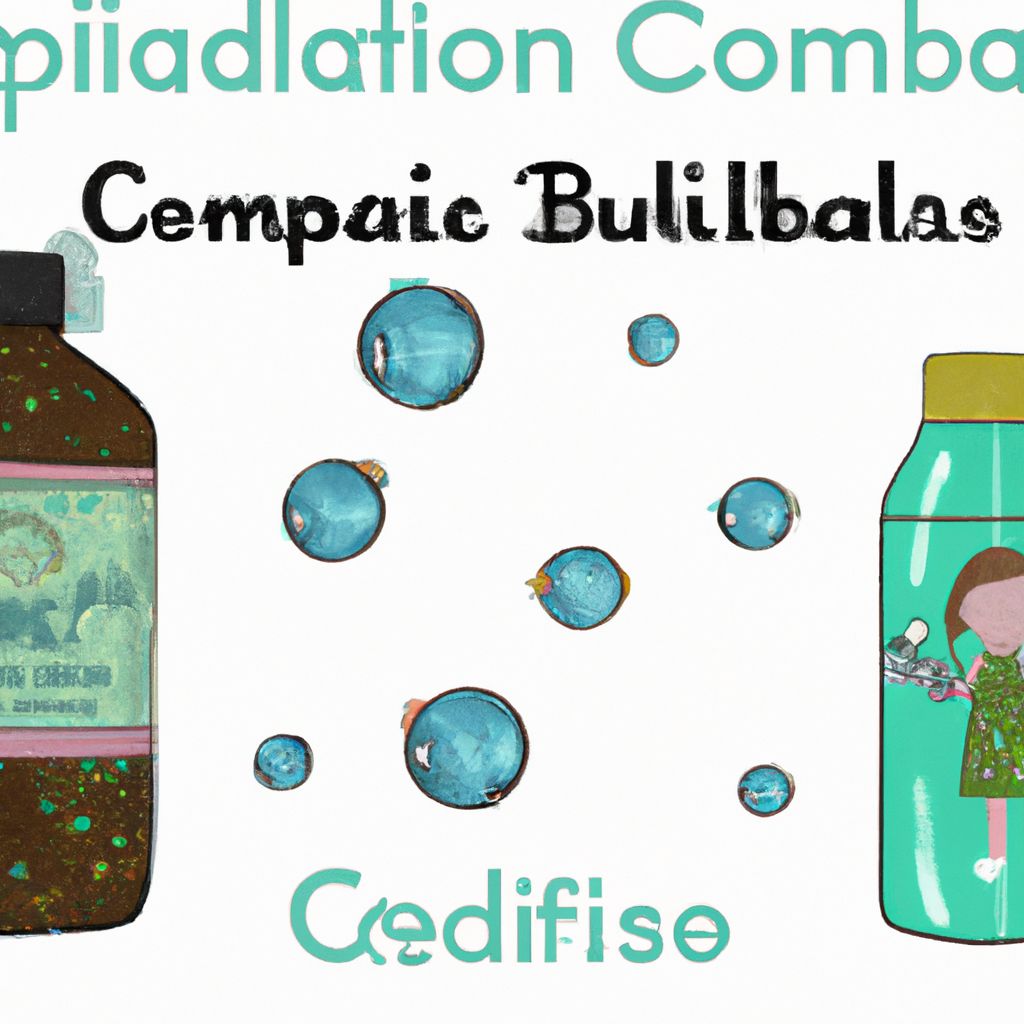
When it comes to bubble blowing, one can choose between commercially produced solutions or homemade concoctions, each with its own set of advantages and disadvantages.
Commercial bubble solutions are readily available and offer convenience. They are meticulously formulated to ensure consistent quality, producing reliable and uniform bubbles. These solutions are often optimized for the type of bubble toys and wands with which they will be used, enhancing the overall bubble-blowing experience. However, commercial solutions can be more expensive over time, especially for frequent users. Additionally, some may contain chemicals that are not disclosed, which might raise concerns for environmentally conscious consumers.
Homemade bubble solutions, on the other hand, provide a cost-effective alternative. They can be made using simple ingredients such as dish soap, water, and glycerin or corn syrup. Homemade recipes allow for customization; one can tweak the ratios and add different components to enhance the solution. For instance, adding a little sugar or replacing tap water with distilled water can improve bubble performance. Despite these benefits, homemade solutions can be inconsistent, with results varying based on the exact ingredients and proportions used. Moreover, finding the perfect recipe often involves trial and error, which can be time-consuming.
In terms of quality, commercial solutions are typically designed to maximize bubble size and longevity, but a well-crafted homemade solution can rival or even exceed this quality. The key to an exceptional homemade solution is precision and the willingness to experiment. Nonetheless, for those seeking immediate gratification without the hassle, commercial solutions are the go-to choice.
Ultimately, whether one opts for a commercial or homemade bubble solution often depends on individual preferences regarding cost, convenience, and the satisfaction derived from either purchasing a ready-made product or creating a personalized mix.
Key Ingredients for the Perfect Bubble Solution
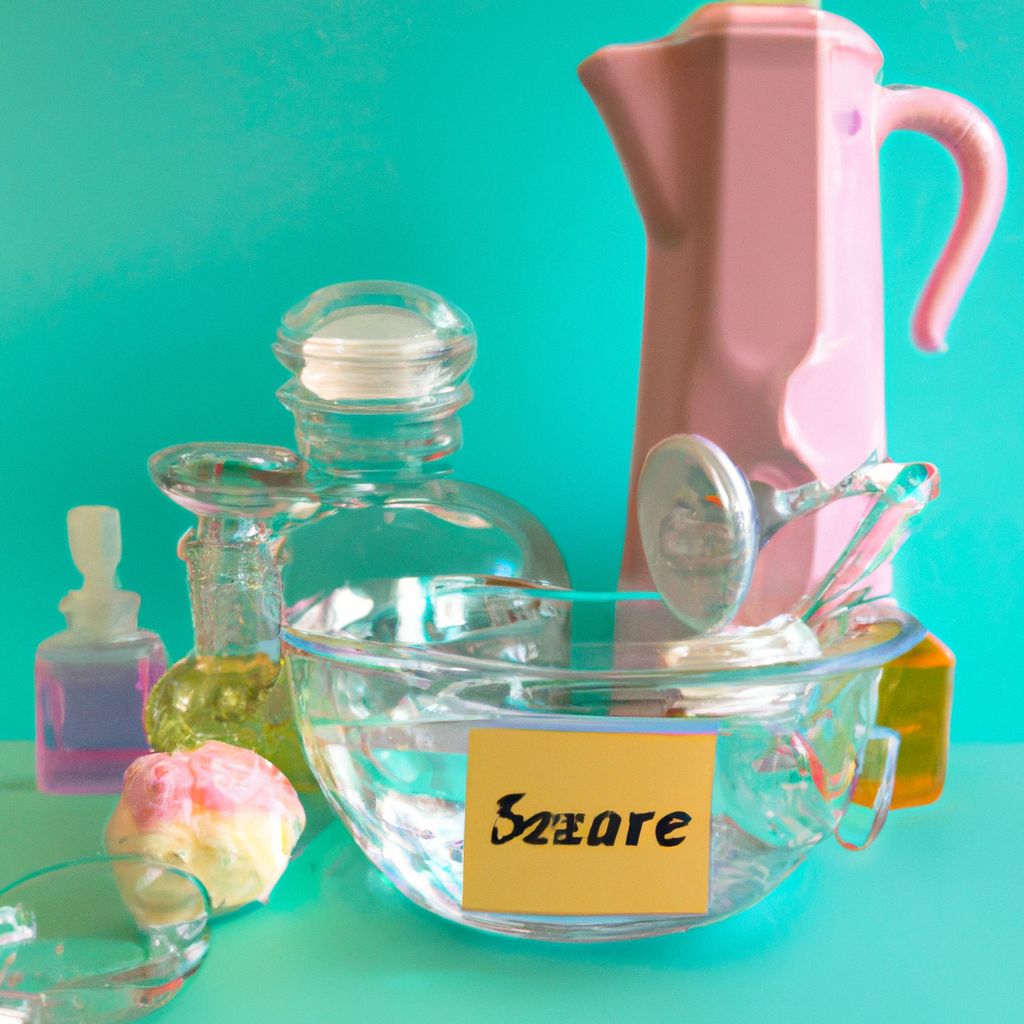
The foundation of an effective bubble solution comprises three key ingredients: soap, water, and additives. Each plays a pivotal role in the formation and endurance of bubbles.
Soap: The type of soap used is critical to the bubble's performance. Dishwashing liquid is a popular choice due to its high concentration of surfactants, which are essential for reducing surface tension and forming bubbles. Not all dish soaps are created equal, however; brands with a higher surfactant content are generally preferred. Some bubble aficionados recommend biodegradable soaps, as they are often gentler on the skin and environment.
Water: The purity of the water is another crucial factor. Tap water can contain minerals that affect bubble quality. For this reason, many recommend using distilled or deionized water, which is free from impurities that could interfere with the bubble-making process. The temperature of the water can also influence bubble performance, with warmer water often producing better results due to reduced viscosity, making it easier for the soap molecules to spread into a film.
Additives: Additives like glycerin or sugar increase a bubble's longevity. Glycerin, a viscosifying agent, helps to thicken the bubble's wall, making it more resistant to popping. It also slows down the evaporation rate, allowing the bubble to last longer. Sugar, similarly, can help to create a stronger bubble film. When using sugar, it's important to dissolve it completely in the water before adding soap to avoid a sticky residue.
Here are a few tips for crafting the perfect bubble solution:
- Start with a high-quality dish soap that is known for producing good bubbles. Experiment with different brands to find the one that works best for you.
- Use distilled or deionized water to avoid the negative effects of hard water on bubble formation.
- Add glycerin to the solution to enhance bubble longevity; a good starting point is one part glycerin to two parts soap.
- For those who prefer sugar, ensure it is fully dissolved in warm water prior to mixing with the soap to achieve a smooth bubble solution.
- Allow your solution to sit for a few hours or even overnight, as many enthusiasts believe that a resting period helps the ingredients meld together better, resulting in superior bubbles.
By understanding the role of each component and carefully manipulating these variables, one can create a bubble solution that is tailored to produce impressive, long-lasting bubbles.
DIY Bubble Solution Recipes
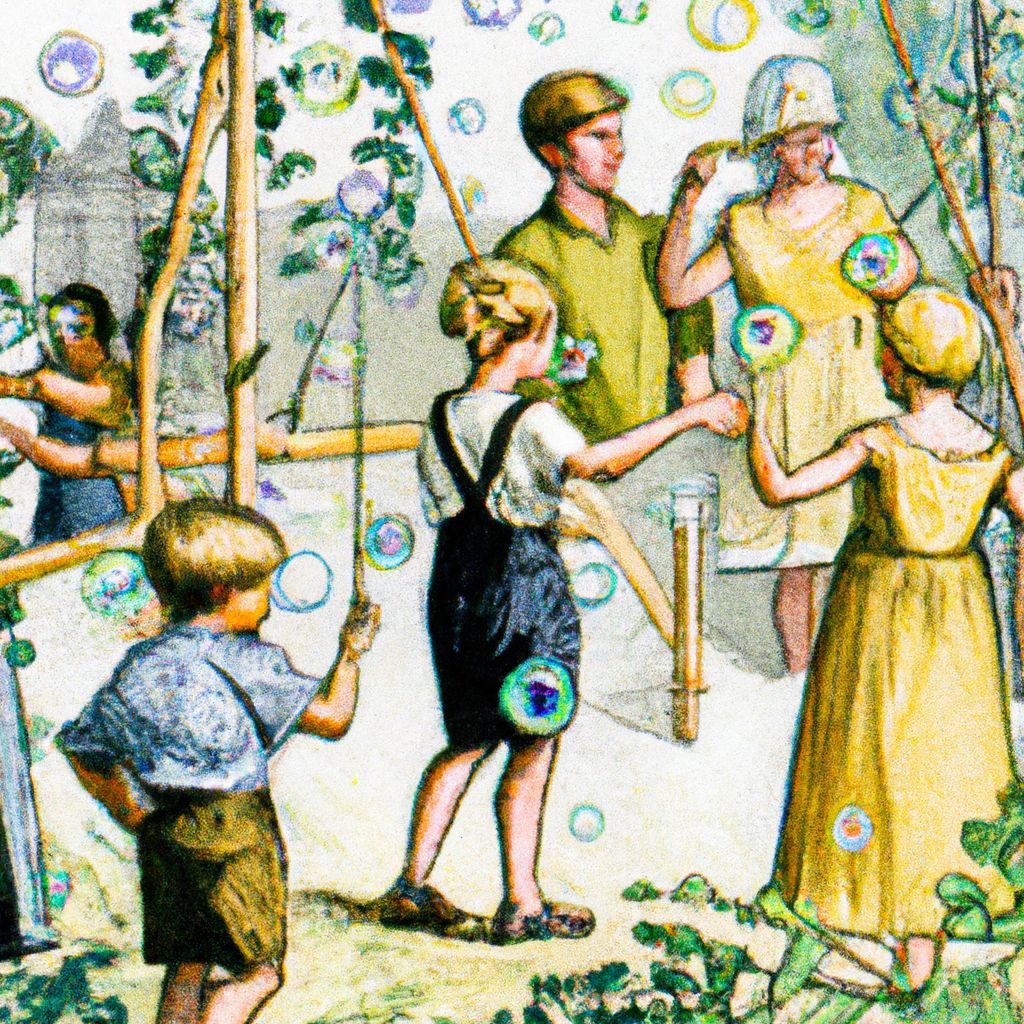
DIY bubble solution recipes allow individuals to customize their bubble-blowing experience. Below are several tested recipes, including a classic option, an eco-friendly alternative, and one for creating giant bubbles.
Classic Bubble Solution:
- Ingredients:
- - 4 cups of warm distilled water
- - 1/2 cup of dishwashing liquid
- - 1/2 cup of glycerin or white corn syrup
- Gently mix the dishwashing liquid with the warm distilled water in a large container.
- Slowly stir in the glycerin or corn syrup to avoid creating foam.
- Let the solution sit for a few hours, or ideally overnight, before use for optimal results.
Eco-Friendly Bubble Solution:
- Ingredients:
- - 4 cups of warm distilled water
- - 1/2 cup of biodegradable dish soap
- - 1/2 cup of honey or organic corn syrup
- Combine the warm distilled water with the biodegradable dish soap.
- Add the honey or organic corn syrup and stir gently until fully integrated.
- Allow the mixture to settle for a few hours before using it to minimize the impact on the environment while enjoying your bubbles.
Giant Bubble Solution:
- Ingredients:
- - 6 cups of distilled water
- - 1 cup of dishwashing liquid
- - 1 tablespoon of baking powder (not baking soda)
- - 1 tablespoon of glycerin
- In a large container, mix the distilled water with the baking powder until it dissolves completely.
- Carefully pour in the dishwashing liquid and stir slowly to avoid creating suds.
- Add the glycerin to the mixture and stir gently to incorporate all ingredients.
- Allow the solution to sit undisturbed for at least 24 hours for the ingredients to fully meld, which will help produce more elastic and durable giant bubbles.
For each recipe, be sure to mix the ingredients gently to prevent foam or bubbles from forming during the creation of the solution, as this can decrease the quality of the bubbles produced. Using a container with a lid can also help keep your solution clean and effective for longer periods. Remember, the key to perfect bubbles is often patience, as allowing the solution to rest can significantly improve its performance.
Testing Bubble Solutions for Best Performance
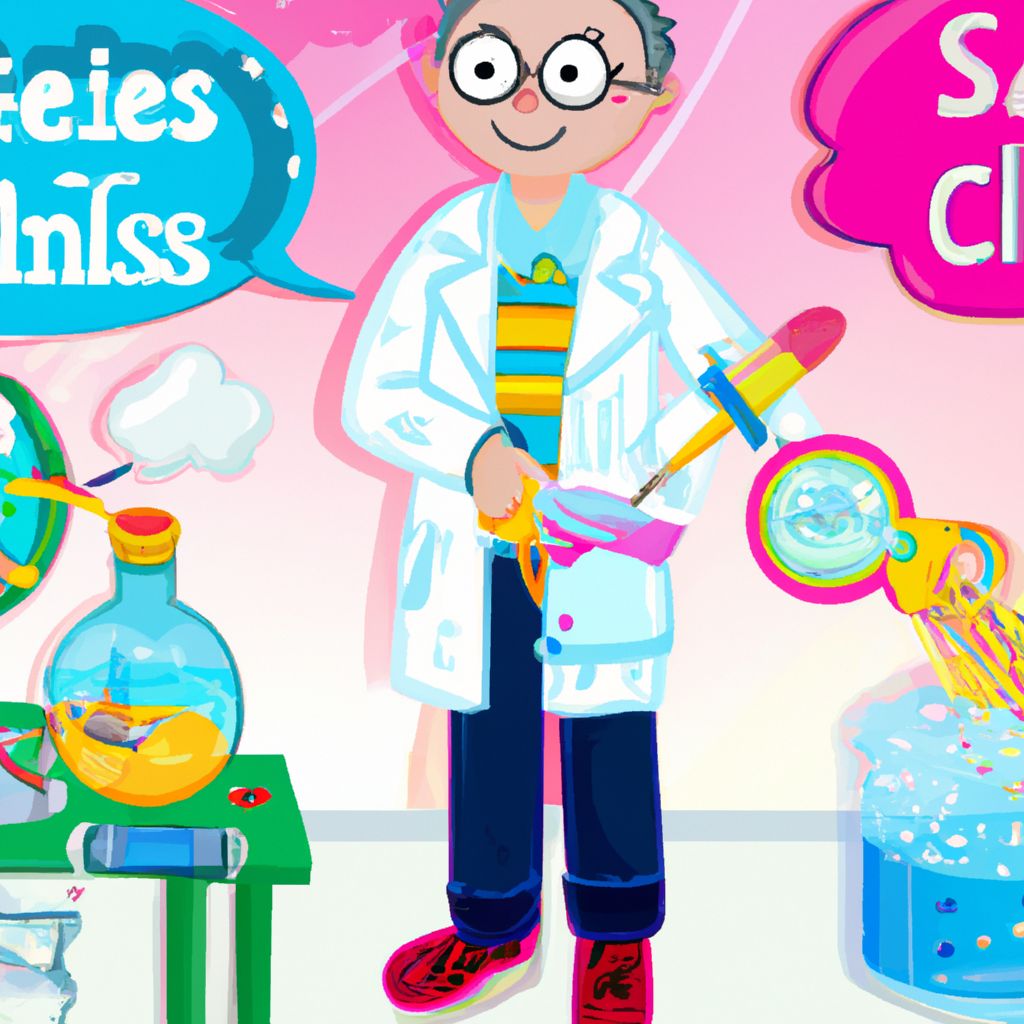
Testing bubble solutions for optimal performance involves evaluating several key factors. Here is a methodical approach to assess bubble size, ease of blowing, duration before popping, and resilience to various conditions:
Evaluating Bubble Size:
- Use a standardized wand or set of wands to ensure consistency across tests.
- Blow bubbles in a controlled environment to minimize variables like wind that can affect size.
- Measure the diameter of several bubbles from each solution for statistical significance.
Assessing Ease of Blowing:
- Observe the effort required to produce bubbles. The ideal solution should form bubbles easily without the need for excessive blowing.
- Note whether the solution can produce multiple bubbles with a single breath, indicating a good balance of soap and water.
Testing Duration Before Popping:
- Time how long the bubbles last after formation before they pop naturally.
- Perform multiple trials for each solution to account for any anomalies.
Measuring Resilience to Wind and Touches:
- Create bubbles and expose them to a gentle breeze or fan to test their resistance to wind.
- Gently tap or catch bubbles with your hands to test how well they endure physical contact.
- Record observations, noting which solutions produce bubbles that withstand these interactions best.
For thorough testing, it is also important to consider the conditions under which the bubbles are blown. Environmental factors such as humidity, temperature, and air pressure can all influence bubble performance. It is advisable to test solutions under different conditions to understand how they perform in various settings. Documenting the results can help in refining the bubble solution for the best performance.
A standardized scoring system could be beneficial for evaluating each criterion. For instance, rate the ease of blowing on a scale from 1 to 5, with 5 being the easiest. Similarly, with size and resilience, categorize observations numerically or descriptively to maintain clear records of each trial.
Remember that the ideal bubble solution for one setting may not be perfect for another. For example, a solution that creates resilient bubbles on a humid day might not perform as well in dry conditions. Thus, the best bubble solution is often one that is versatile and performs well across a range of environments.
The Role of Bubble Wands and Blowers

The tools used to blow bubbles—whether they be wands or blowers—are just as important as the solution itself in determining the quality of the bubbles produced. The design and material of the wand or blower can greatly influence bubble size, shape, and longevity.
Bubble Wands:
Traditional bubble wands are usually made of plastic with a loop at one end. The size of the loop dictates the size of the bubbles; larger loops create bigger bubbles, while smaller loops are better for producing numerous small bubbles. The material of the wand can also impact the bubbles, with smoother materials allowing for easier bubble release.
Specialized wands with multiple loops or unique shapes can create a variety of bubble sizes and forms, such as clusters of small bubbles or large, elongated bubbles. These wands may require a thicker solution to maintain the bubble's integrity upon formation.
Bubble Blowers:
Bubble blowers, often battery-operated, can produce a continuous stream of bubbles without the need for blowing. They are especially useful for events where a high volume of bubbles is desired. It's important to ensure that the solution used with these machines is thin enough to be effectively vaporized but not so watery that it fails to form bubbles.
For the best results:
- Use a standard wand with a classic bubble solution to produce a mix of medium-sized bubbles.
- Opt for a giant bubble wand, typically with a large, fabric loop, when using a solution formulated for giant bubbles. The thickness and stickiness of the solution require a wand that can handle and release a larger quantity of liquid.
- When using eco-friendly solutions, which can sometimes be thinner, choose a wand with a textured surface to help the solution cling and form bubbles effectively.
- For bubble blowers, ensure that the solution is fluid enough to flow through the machine without clogging, which might require a slightly more diluted mixture than what's used for hand-held wands.
It is essential to match the bubble solution with the appropriate tool to achieve the desired bubble performance. Experimentation with different wands and solutions can help determine the best pairings for creating the most impressive bubbles.
Safety and Allergy Considerations
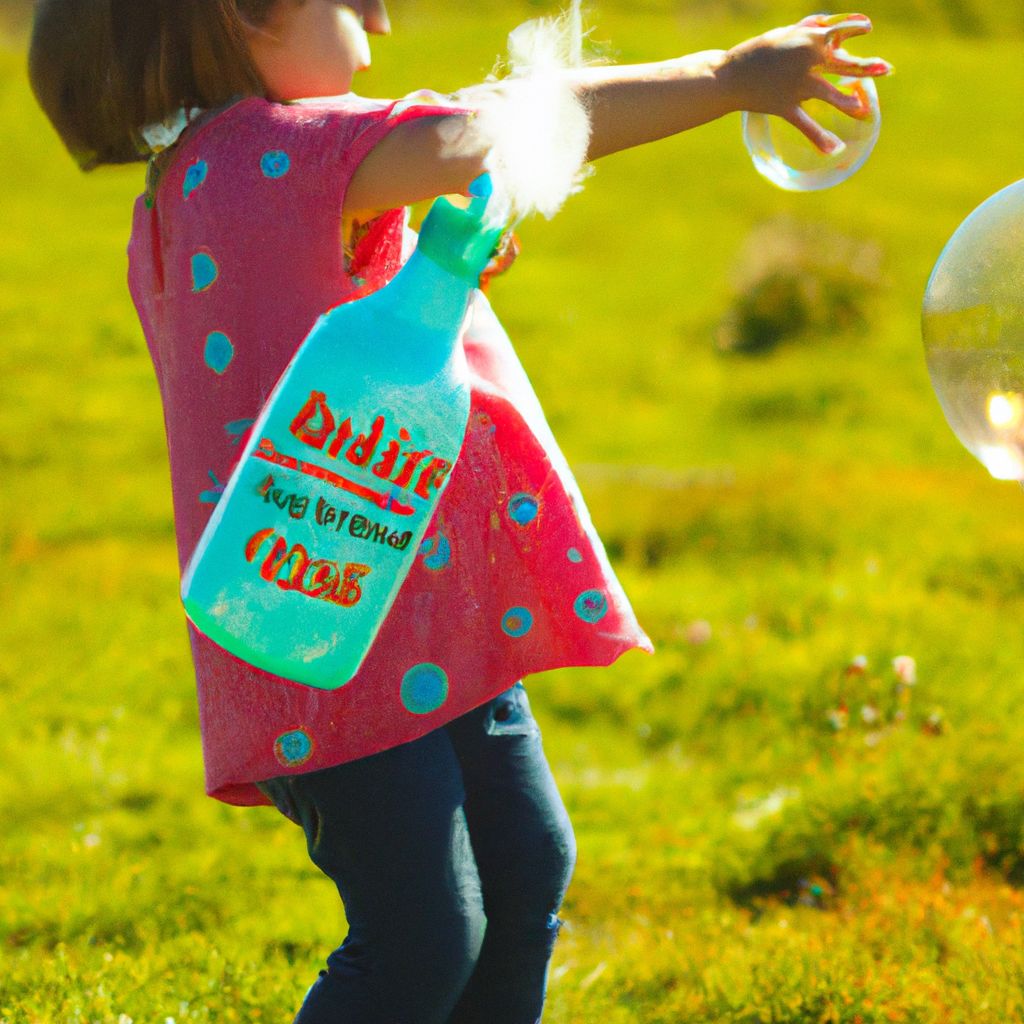
Safety and allergy considerations are paramount when it comes to bubble solutions, particularly for children who are the most frequent users and can be sensitive to certain ingredients.
It is essential to ensure that all components of a bubble solution are non-toxic, as the liquid can come into contact with skin and occasionally be ingested by young children. Commercial solutions are usually required to meet certain safety standards, but it is always a good practice to read labels carefully. Look for products that are specifically marked as non-toxic and safe for children.
For homemade bubble solutions, it is advisable to use household ingredients known for their safety. Dish soaps used in solutions should be free of harmful chemicals and fragrances that can cause skin irritation or allergic reactions. When using glycerin or corn syrup, opt for food-grade options that are safe for consumption, reducing the risk if accidentally ingested.
When identifying potential allergens, be aware of the following:
- Some individuals may have skin sensitivities to certain soaps or fragrances. Choosing fragrance-free or hypoallergenic dish soap can help mitigate this risk.
- Glycerin is generally considered safe, but if it is derived from certain sources, like soybean oil, it could pose a risk to those with soy allergies.
- Corn syrup can be a concern for those with corn allergies or sensitivities. In such cases, alternatives like sugar or honey, though stickier, can be used instead.
Additionally, consider these precautions:
- Always supervise children during bubble play to ensure they do not drink the solution or rub it in their eyes, which can cause irritation.
- After bubble play, make sure children wash their hands and any other areas that have come into contact with the solution.
- Conduct a patch test by applying a small amount of the bubble solution to the child's skin to check for any adverse reactions before engaging in full play.
By choosing or making bubble solutions with safe, non-toxic ingredients and being vigilant about potential allergens, parents and caregivers can help ensure that bubble blowing remains a fun and harmless activity for everyone involved.
Storing and Preserving Bubble Solutions
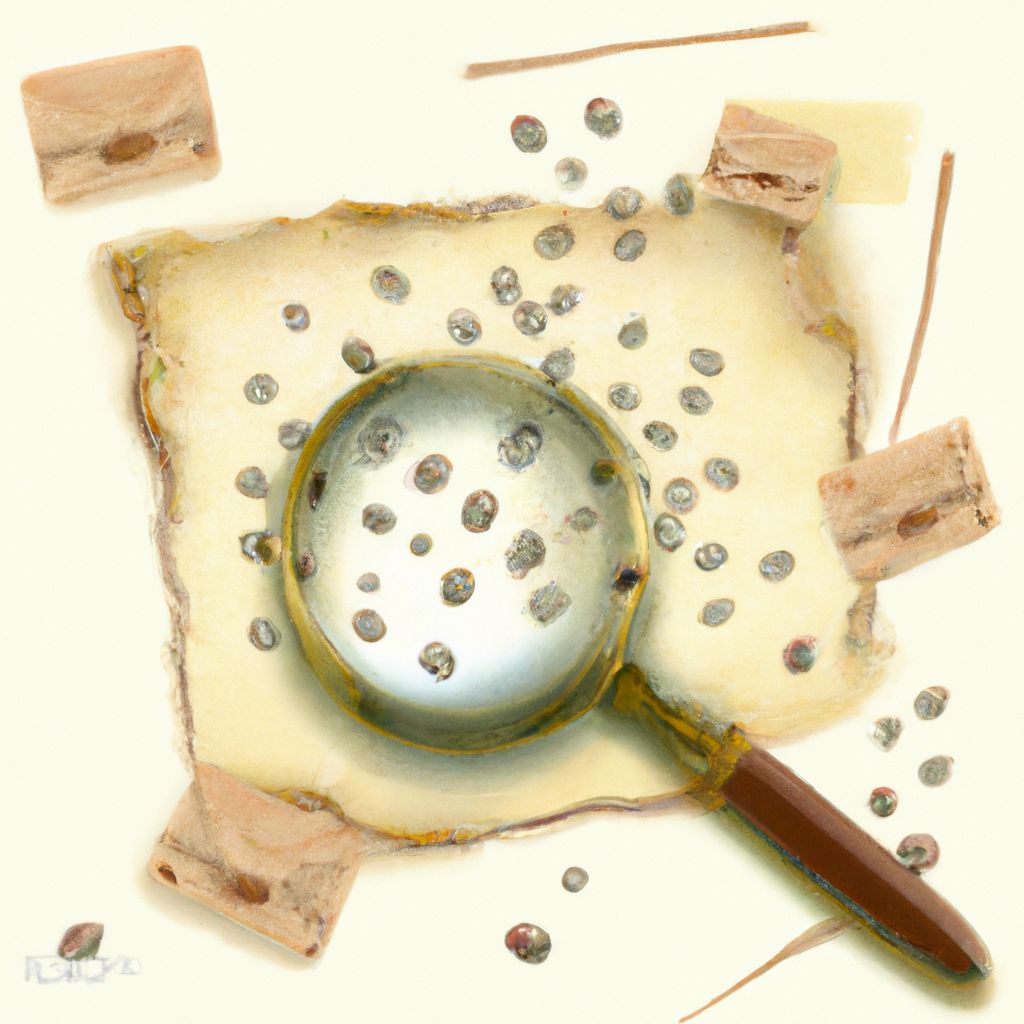
Proper storage and preservation of bubble solutions are essential to maintain their quality and ensure their longevity. Here are best practices for storing both homemade and commercial bubble solutions:
Container Selection:
- Use airtight containers to store your bubble solution. This prevents evaporation of water and ensures that the balance of ingredients remains stable over time. Plastic containers with tight-fitting lids or mason jars are ideal options.
Temperature and Environment:
- Keep the solution in a cool, dry place away from direct sunlight. Excessive heat can alter the composition of the solution, and sunlight can degrade certain ingredients, reducing the solution's effectiveness.
Avoiding Contamination:
- Ensure your hands, wands, and containers are clean before touching the solution. Dirt and oils can contaminate the solution, which can hinder bubble formation.
- Do not pour used solution back into the original container, as this could introduce contaminants and weaken the solution.
Shelf Life:
- Commercial bubble solutions typically have preservatives that extend their shelf life, but it's still a good idea to follow the expiration date provided to ensure the best bubble quality.
- Homemade solutions generally have a shorter shelf life due to the lack of preservatives. Use homemade solutions within a week or two for best results. Adding a small amount of alcohol or witch hazel can act as a preservative to extend this period slightly.
Labeling:
- Label your containers with the date of creation so you can keep track of the solution's age. This is especially important for homemade solutions that don't contain preservatives.
Maintenance:
- Periodically check your stored bubble solution. If you notice any changes in color, smell, or consistency, it may be time to discard it and prepare a new batch.
By adhering to these storage guidelines, you can preserve the quality of your bubble solutions and enjoy consistent bubble performance each time you return to your stored reserves.
Conclusion and Final Tips
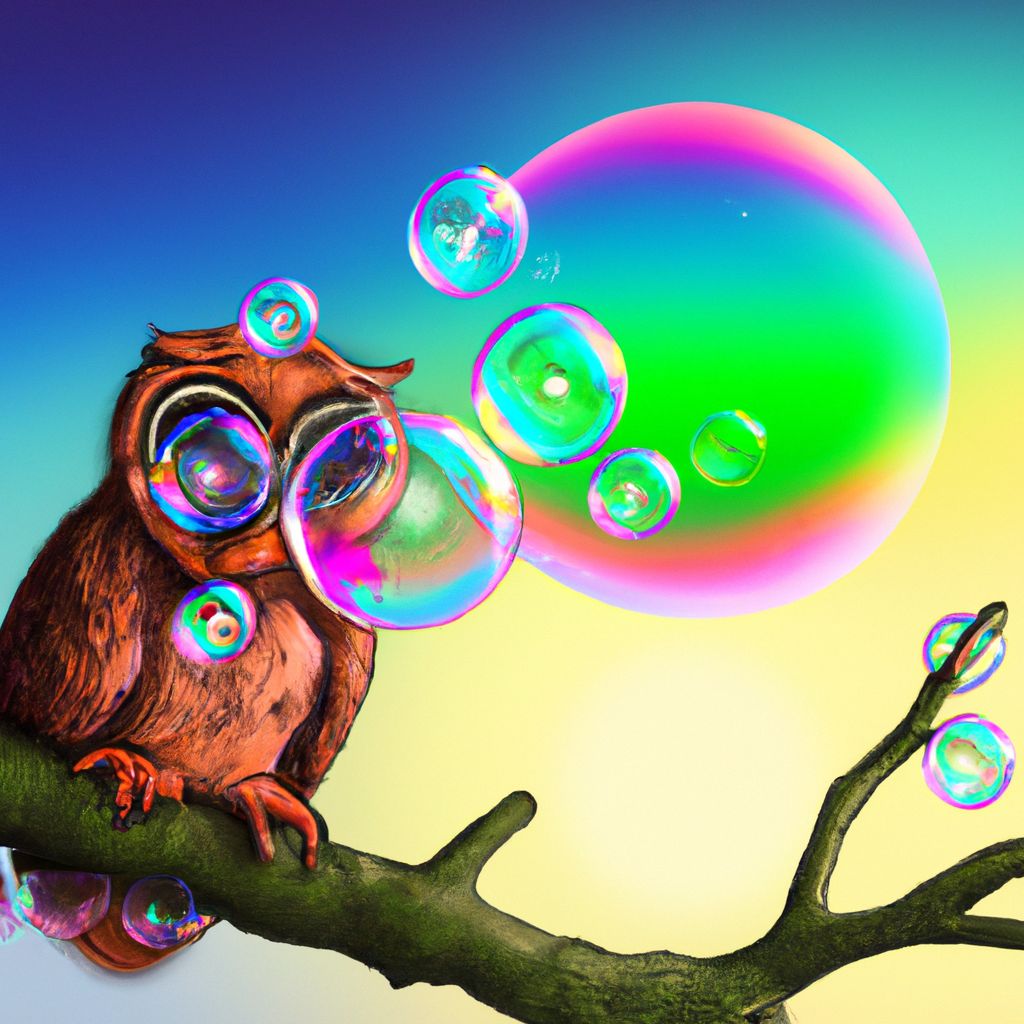
In summary, whether you opt for commercial or homemade bubble solutions, the fundamental components of soap, water, and additives like glycerin or corn syrup play pivotal roles in determining the size, strength, and longevity of the bubbles. The type of soap can affect the ease of bubble formation, while the purity of water can influence bubble resilience. Additives enhance the bubble's life span, making them last longer and float higher.
The tools used for bubble blowing, such as wands and blowers, should complement the solution's properties to maximize performance. Safety and allergy considerations are crucial, especially for children, and non-toxic, hypoallergenic ingredients should be prioritized to prevent adverse reactions. Proper storage and preservation of bubble solutions are also key to maintaining their quality over time.
As for final tips:
- The best weather for bubble blowing is a day with high humidity, which slows down the evaporation rate, allowing bubbles to last longer. Overcast days can also provide excellent conditions by reducing the sun's impact on bubble longevity.
- Avoid bubble blowing in extremely windy conditions, as it can cause bubbles to burst prematurely. A light breeze, however, can help carry bubbles further and add to the fun.
- Create a bubble-friendly environment by ensuring the area is free from dust and dirt that can pop the bubbles. Smooth surfaces and green grass can provide safe landing sites for bubbles without causing them to burst.
- Experiment with different bubble solution recipes until you find one that works best for your specific conditions and preferences.
With these considerations in mind, bubble blowing can be an enjoyable and magical experience that captivates the imagination of both the young and the young at heart.


